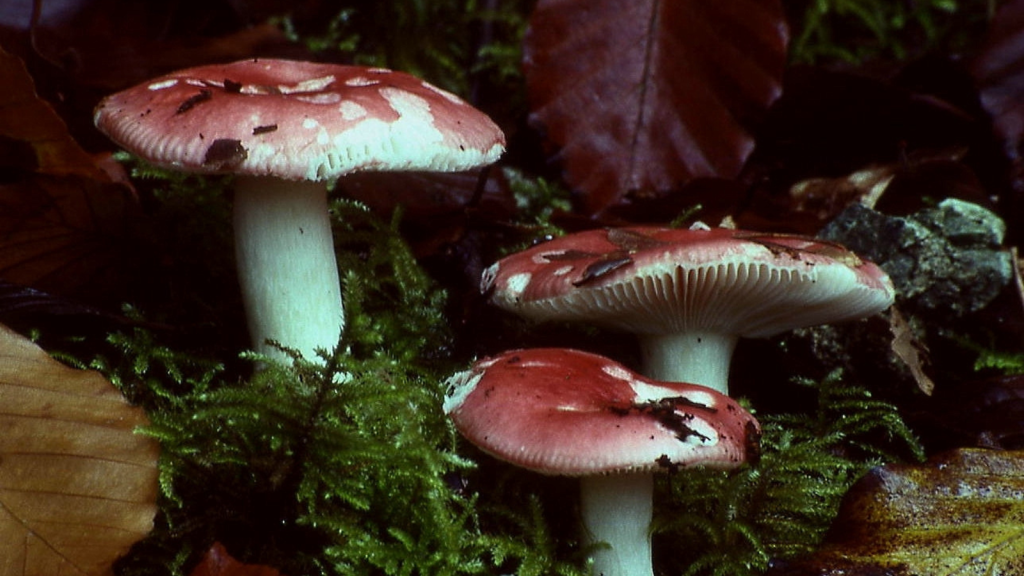Mushrooms can be fascinating, but also a little scary—especially here in the UK, where we have a variety of toxic and even deadly fungi hiding in the undergrowth. If you love rambling through the woods or enjoy foraging, it’s important to know which mushrooms are better left alone. Many toxic species look harmless, and some are nearly identical to edible varieties, making them extra dangerous. To stay safe and protect our fragile ecosystems, it’s vital to learn how to identify these toxic fungi and steer clear.
Here are 15 of the most dangerous mushrooms to watch out for in the UK!
1. Death Cap (Amanita phalloides)
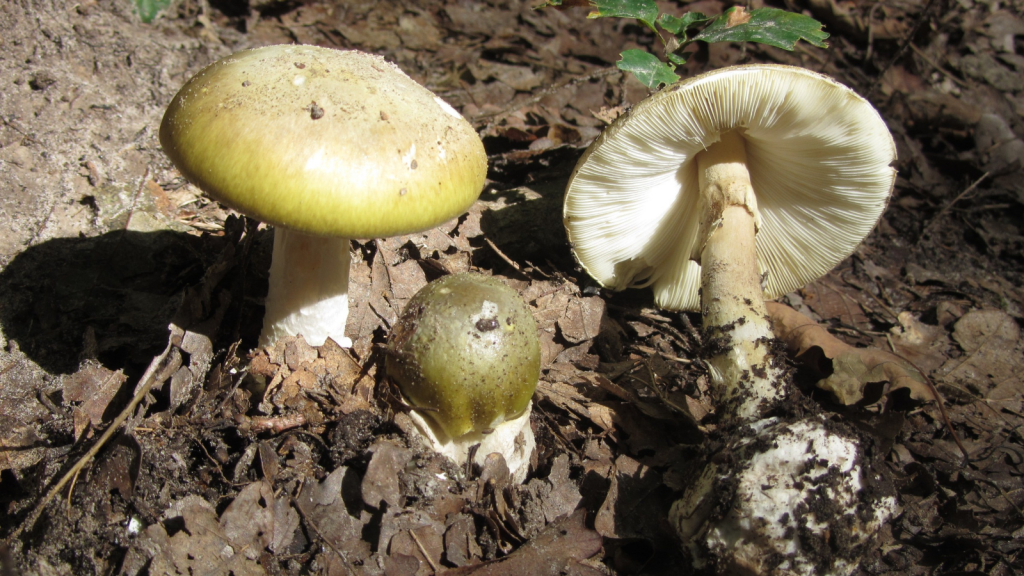
As the name suggests, the Death Cap is one of the deadliest mushrooms in the world. Just one can be fatal if consumed. Found in woodlands and parks, it has a smooth, greenish-brown cap and white gills underneath. Symptoms of poisoning may not appear until hours after ingestion, by which time it’s often too late for effective treatment.
2. Destroying Angel (Amanita virosa)
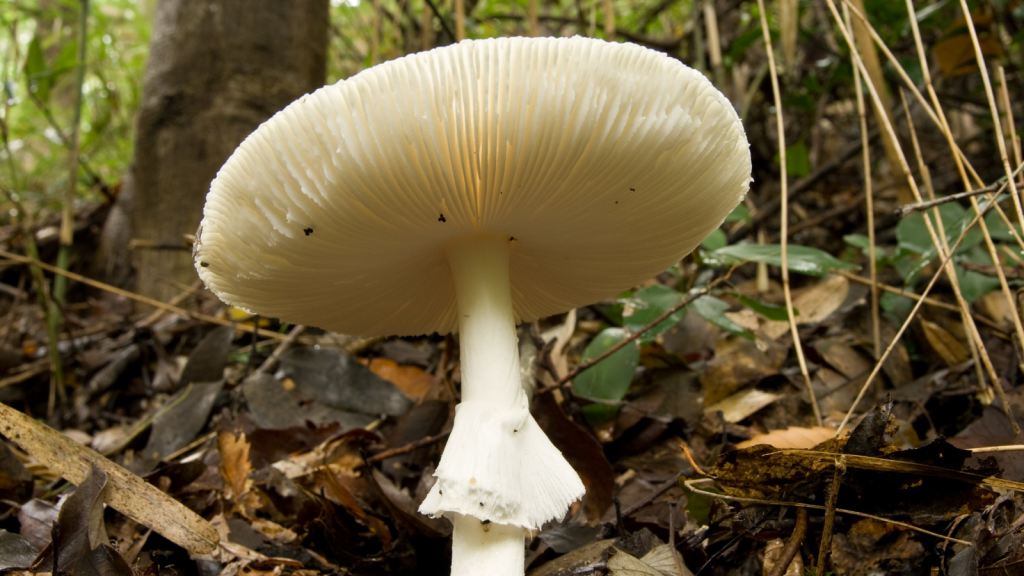
Closely related to the Death Cap, the Destroying Angel is another highly toxic species. This tall, all-white mushroom can be found in damp forests and sometimes even gardens. Ingesting it can lead to severe liver and kidney damage, with symptoms resembling food poisoning before progressing to organ failure.
3. Fly Agaric (Amanita muscaria)
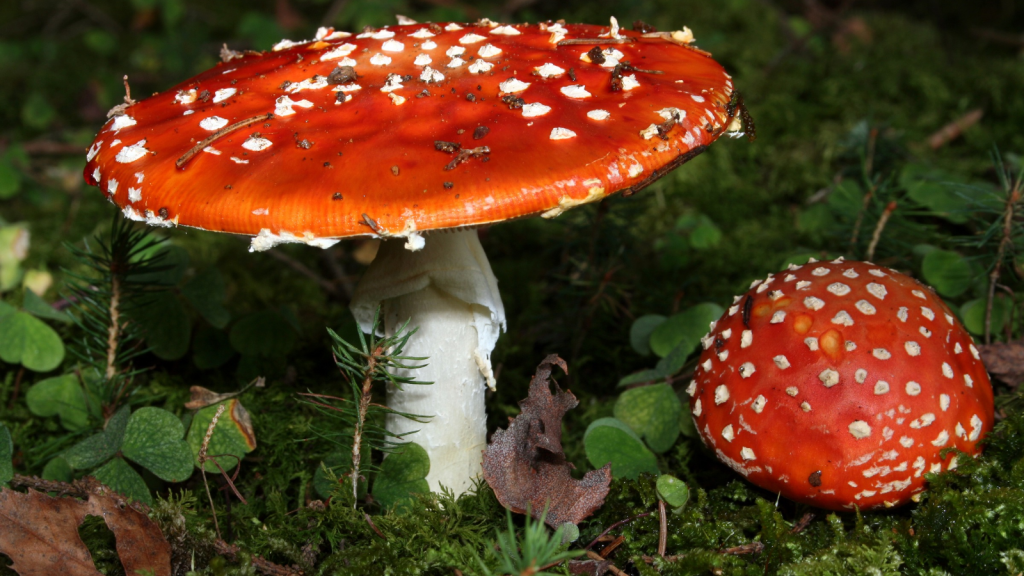
This iconic red-capped mushroom, with its white spots, is often depicted in fairy tales. However, Fly Agaric is far from magical. It contains toxins that can cause hallucinations, nausea, and even seizures. While it’s rarely fatal, it’s definitely one to avoid nibbling on.
4. Panther Cap (Amanita pantherina)
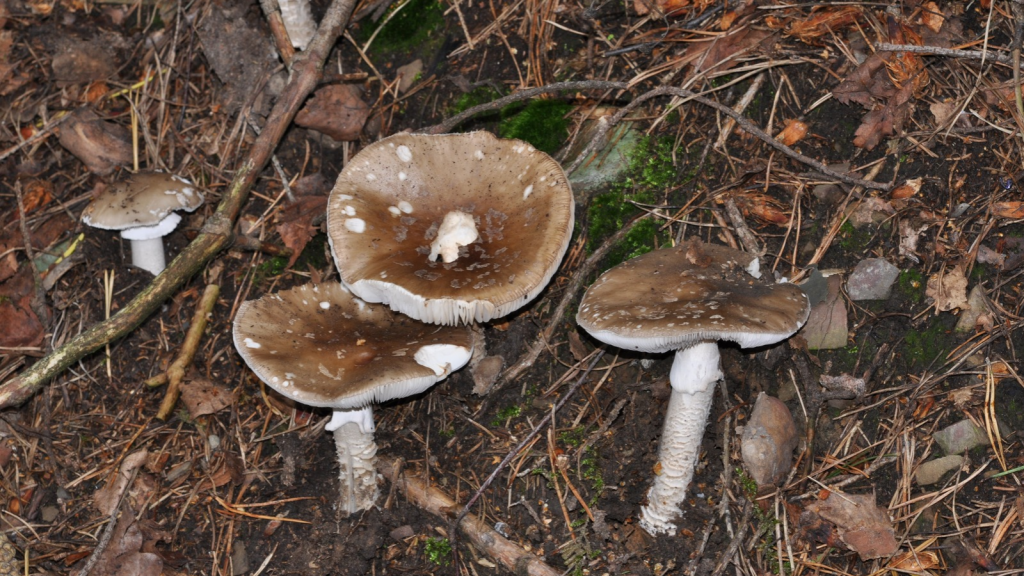
Another member of the Amanita family, the Panther Cap has a brown, speckled cap and can be easily confused with edible mushrooms. Found in woods across the UK, it contains toxins that can cause delirium, vomiting, and, in extreme cases, death.
5. Deadly Webcap (Cortinarius rubellus)
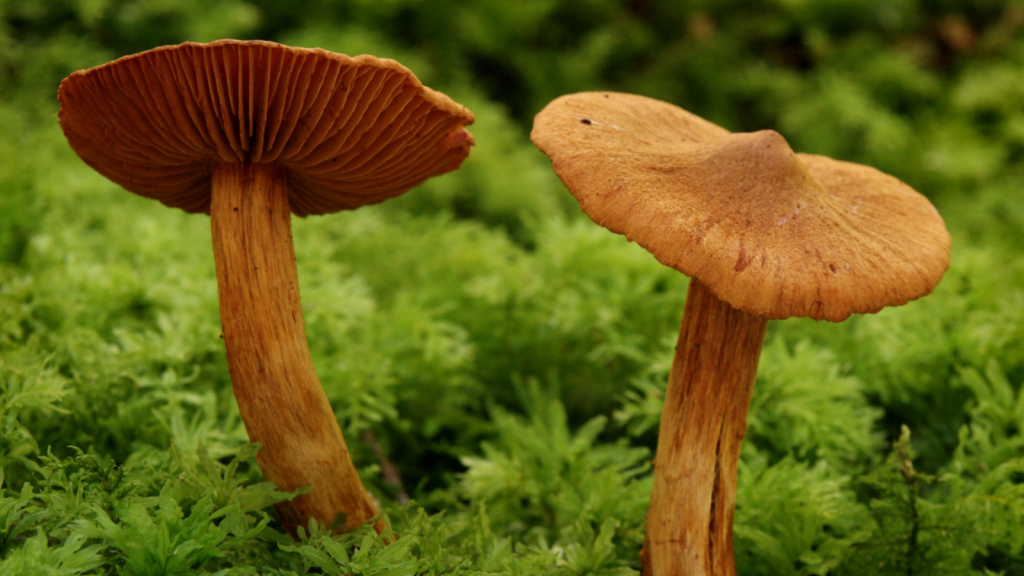
This mushroom’s rusty-brown cap and fibrous stalk may look ordinary, but it harbours a nasty surprise. The Deadly Webcap contains orellanine, a toxin that can cause kidney failure days or even weeks after consumption, making it a silent killer.
6. Fool’s Funnel (Clitocybe rivulosa)
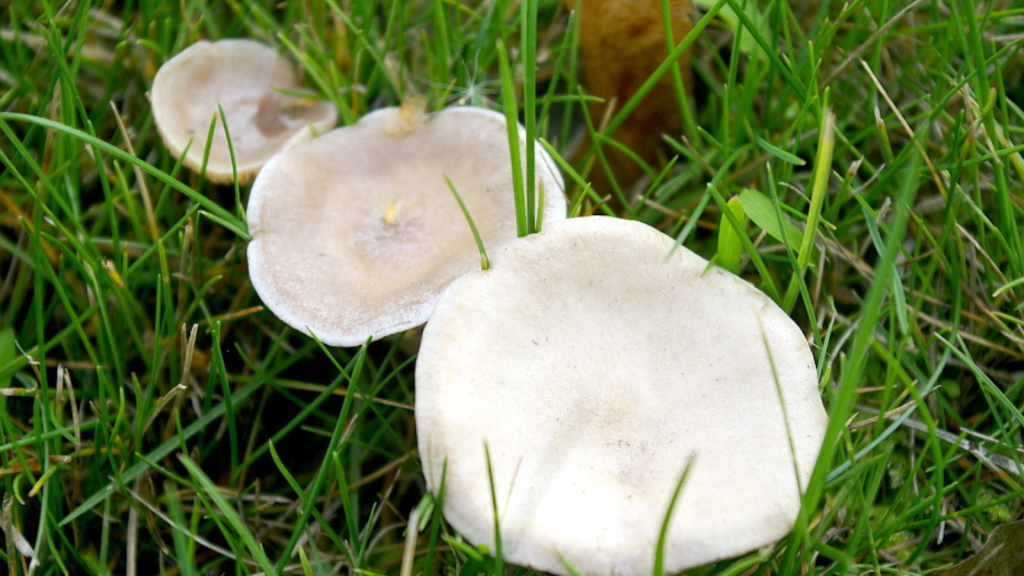
Often found on lawns, Fool’s Funnel has a deceptively harmless appearance. It has a small, white or greyish cap and grows in rings. Ingesting it can cause nausea, vomiting, and sweating due to the presence of muscarine, a toxin that affects the nervous system.
7. Funeral Bell (Galerina marginata)
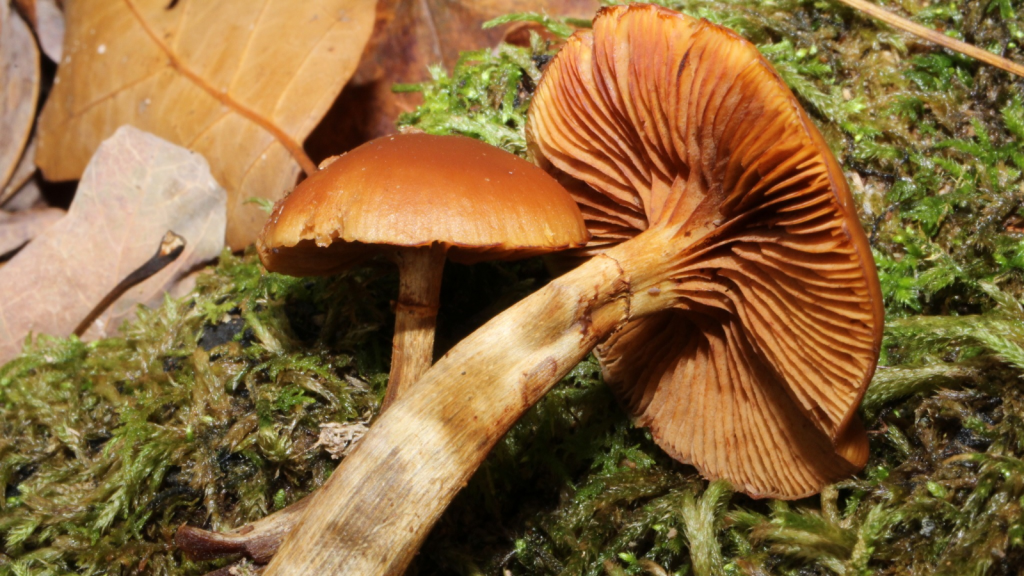
Also known as the Deadly Galerina, the Funeral Bell is a small, brown mushroom that grows on decaying wood. Despite its size, it’s highly toxic, containing the same deadly toxins as the Death Cap. It can cause fatal liver damage if eaten.
8. The Brown Roll-Rim (Paxillus involutus)
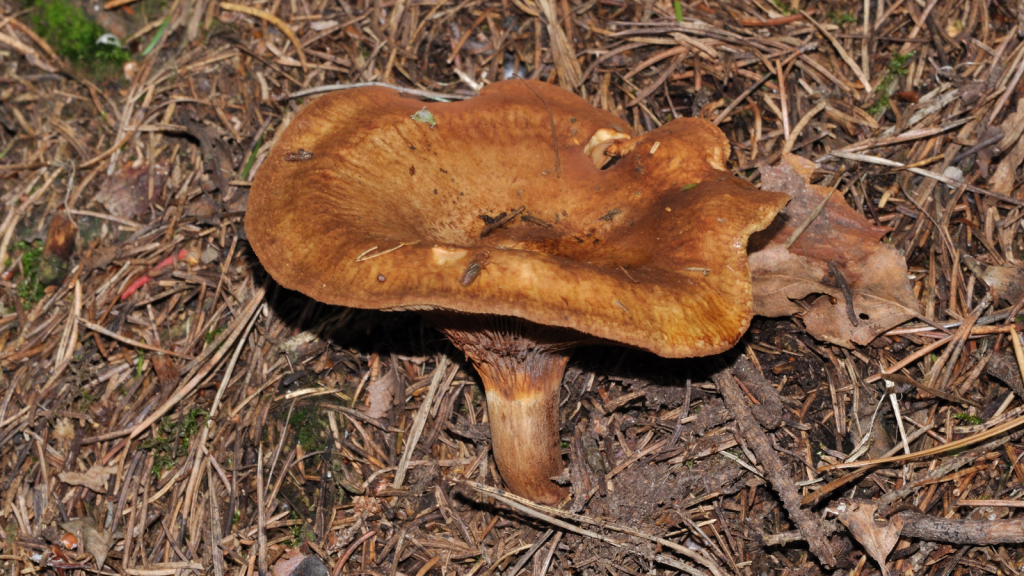
This mushroom is particularly dangerous because it was once thought to be edible. Found under birch trees, it has a brown, rolled-in cap edge. Repeated consumption can lead to an immune response that destroys red blood cells, which can be fatal.
9. The Beechwood Sickener (Russula nobilis)
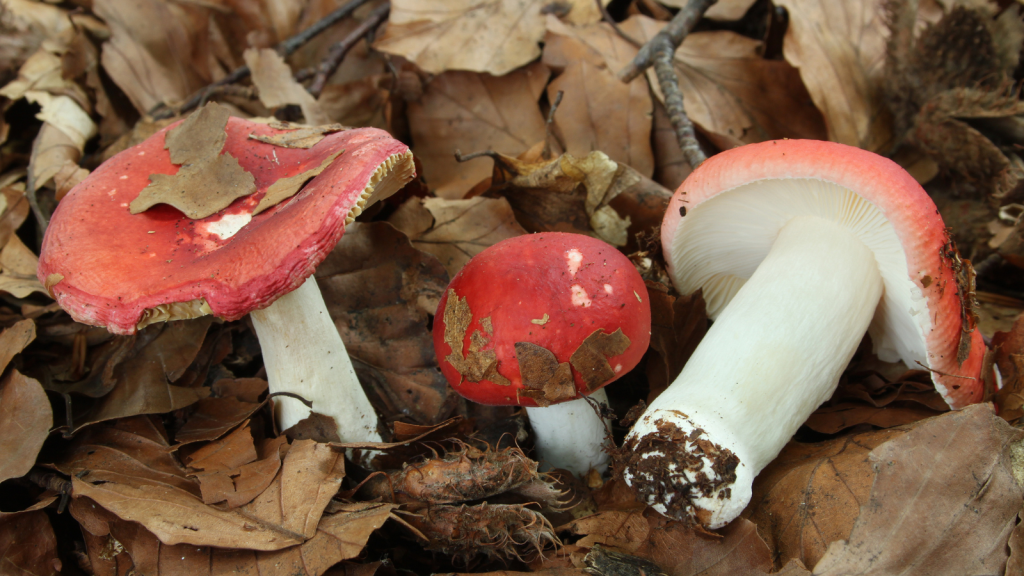
With its bright red cap, the Beechwood Sickener might look appealing, but it can cause intense gastrointestinal distress. Found under beech trees, this mushroom’s toxins will leave you regretting any bite with hours of vomiting and diarrhoea.
10. The Poison Pie (Hebeloma crustuliniforme)
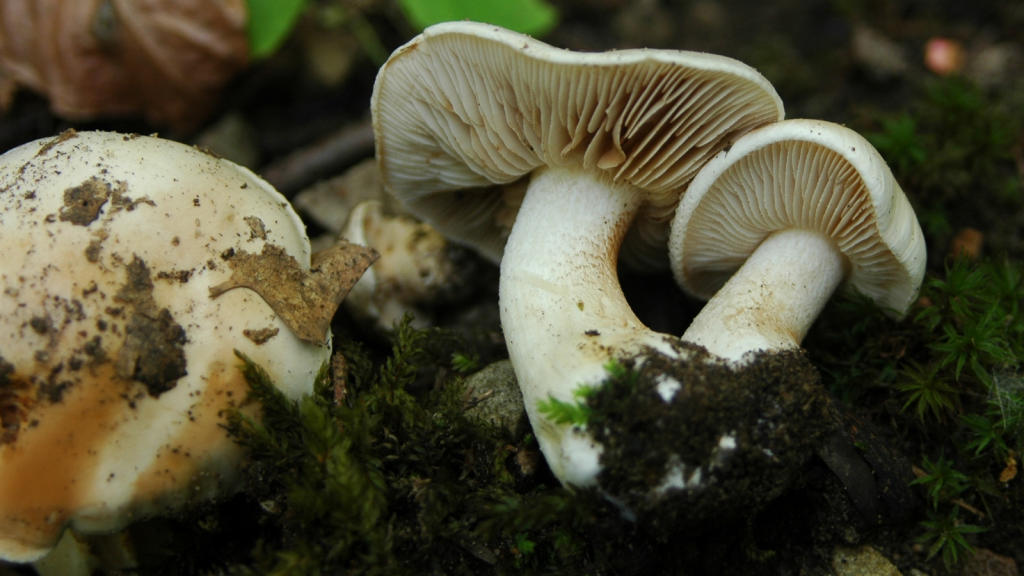
Despite its whimsical name, the Poison Pie is anything but delightful. It’s a small, tan mushroom that grows in grassy areas and woodlands. Ingestion can cause severe nausea, vomiting, and abdominal pain, though it’s not usually fatal.
11. The Earthball (Scleroderma citrinum)
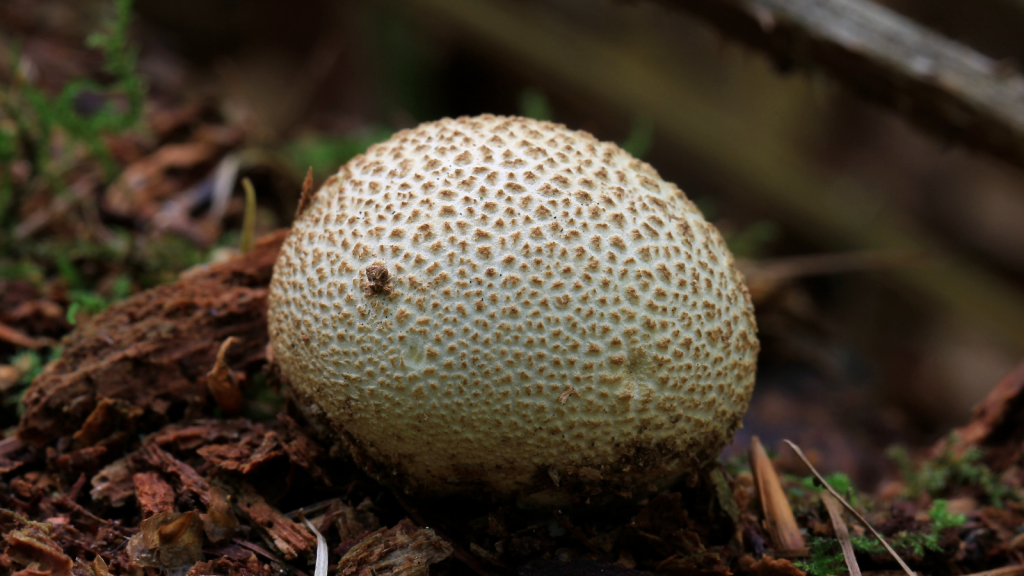
These round, yellow-brown fungi resemble puffballs but are far more dangerous. They contain toxins that can cause severe gastrointestinal issues if ingested. Earthballs are commonly found in grasslands and forest edges, blending into their surroundings.
12. Yellow Stainer (Agaricus xanthodermus)
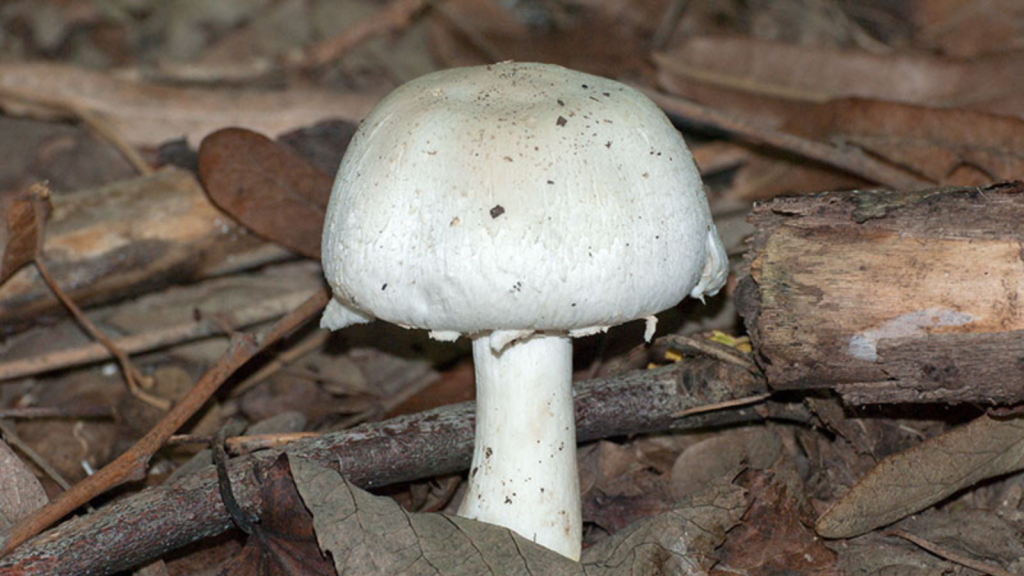
The Yellow Stainer looks almost identical to the common edible field mushroom, making it particularly dangerous for foragers. The key difference is its unpleasant inky smell and the fact it turns yellow when bruised. Consuming it can cause stomach cramps, nausea, and vomiting.
13. Woolly Milkcap (Lactarius torminosus)
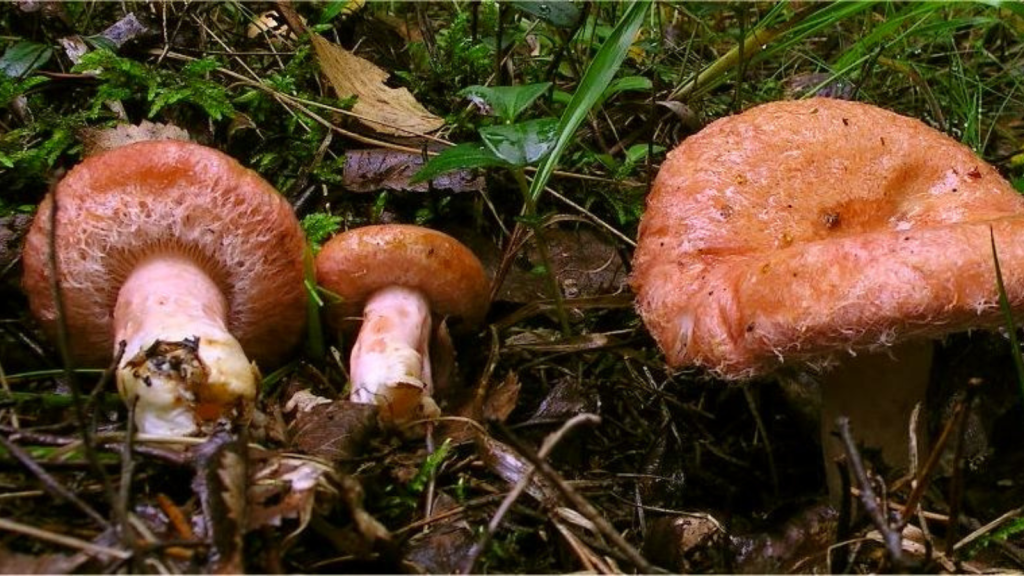
With its woolly, pinkish cap, the Woolly Milkcap might seem harmless. Found in woodlands, it contains toxins that can cause stomach irritation and vomiting. Although it’s not typically deadly, it’s still one to avoid eating.
14. The Sickener (Russula emetica)
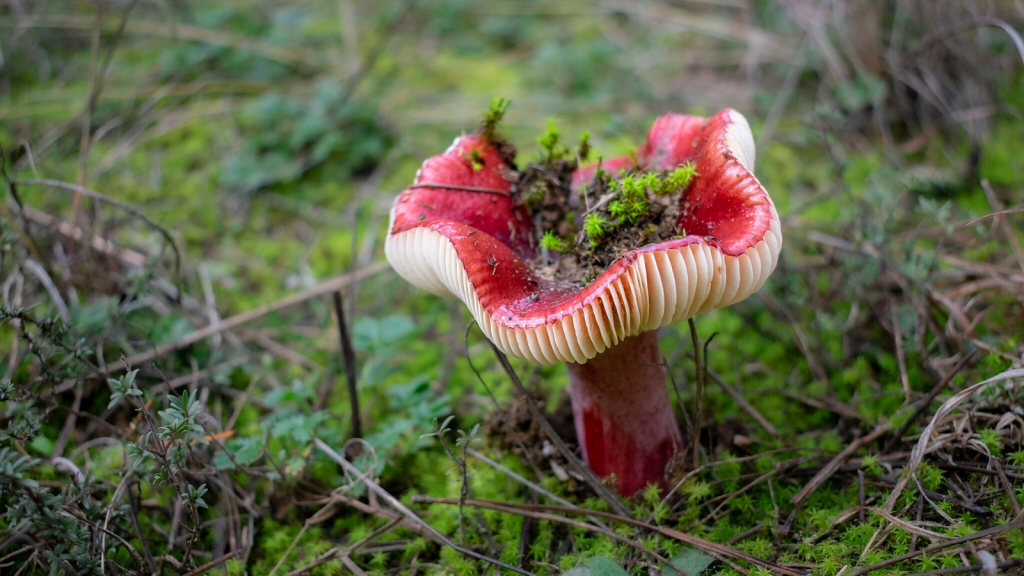
This bright red mushroom is fittingly named “The Sickener” for its ability to cause vomiting and diarrhoea. Commonly found under pines, this mushroom’s toxic compounds irritate the stomach, but it’s unlikely to be fatal unless consumed in large quantities.
15. The Deceiver (Laccaria laccata)
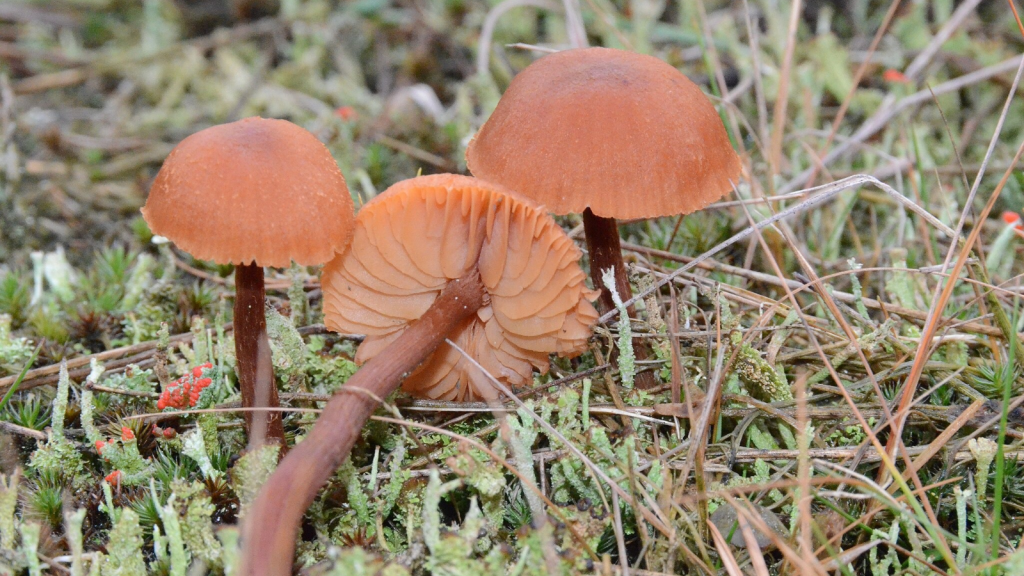
As its name suggests, The Deceiver is a tricky mushroom to identify, often changing colour based on moisture levels. While not as deadly as others on this list, it can still cause unpleasant gastrointestinal symptoms and should be avoided.
Ellen has been obsessed with logic puzzles, jigsaws, and cryptograms since she was a kid. After learning she was taught how to play chess wrong by a family friend (so they could win), she joined her school chess club and the rest is history.
